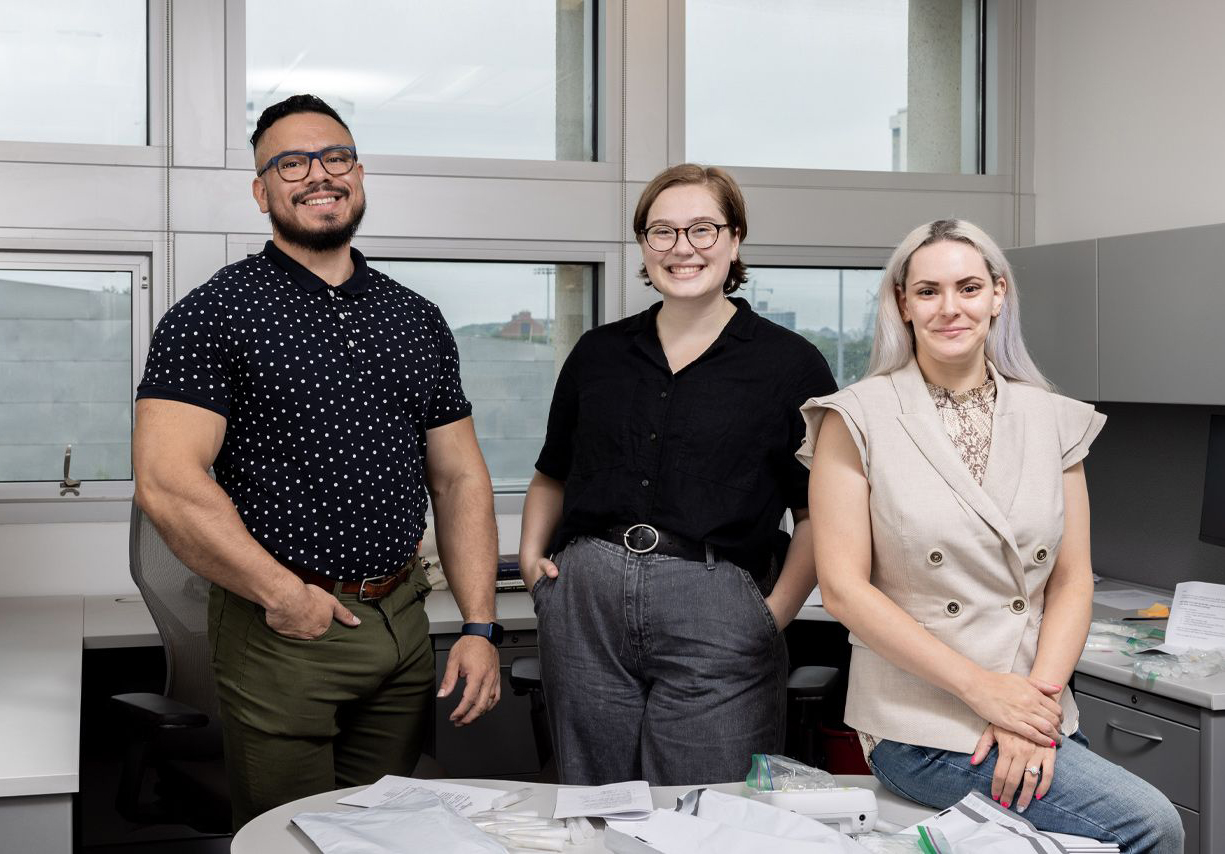Stress, resilience and racial health disparities
Wilson Figueroa is discovering the link between stress and poor health outcomes in sexual and gender minorities (SGM), particularly the Black SGM community.

When Wilson Figueroa learned Columbus had received a perfect 100 on the Human Rights Campaign’s equality index, he was intrigued.
Is Columbus, or anywhere, truly considered a perfect place to live?
With this in mind, Figueroa decided to build on his past research on sexual and gender minorities (SGMs) to focus specifically on the Black SGM community.
“Sexual and gender minorities are at an increased risk for poor mental and physical health outcomes, especially those who are racial minorities,” says Figueroa, a research scientist in the College of Public Health. “Stress may be a risk factor for those disparities.”
With years of experience in social science and research design, Figueroa created the RISE (Examining Race, gender Identity, and Sexual orientation for health Equity) study to examine the effects of daily stressors in queer persons of color residing in Franklin County.
About The Ohio State University College of Public Health
The Ohio State University College of Public Health is a leader in educating students, creating new knowledge through research, and improving the livelihoods and well-being of people in Ohio and beyond. The College's divisions include biostatistics, environmental health sciences, epidemiology, health behavior and health promotion, and health services management and policy. It is ranked 22nd among all colleges and programs of public health in the nation, and first in Ohio, by U.S. News and World Report. Its specialty programs are also considered among the best in the country. The MHA program is ranked 5th and the health policy and management specialty is ranked 21st.